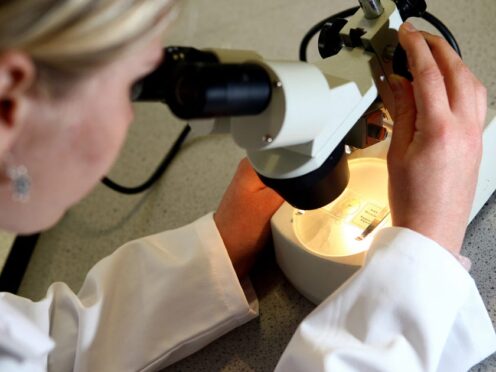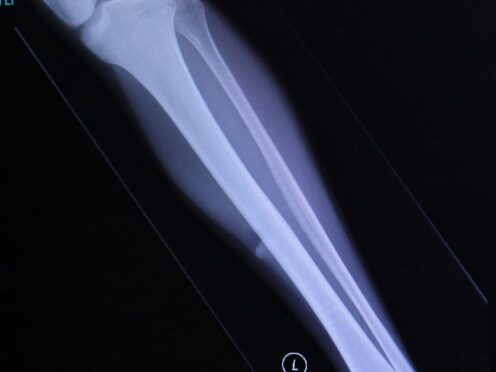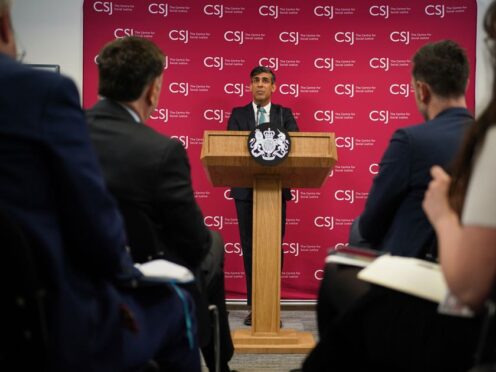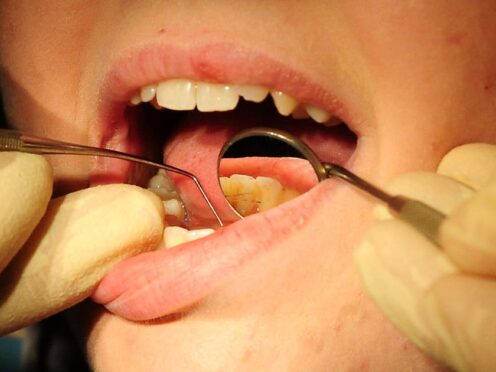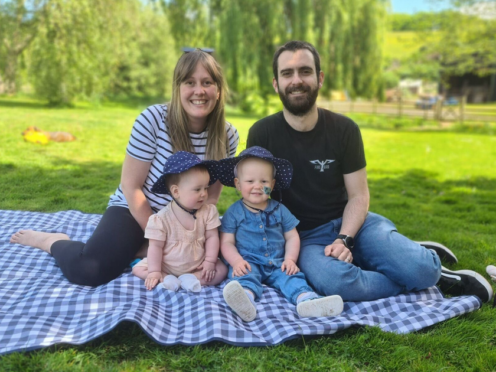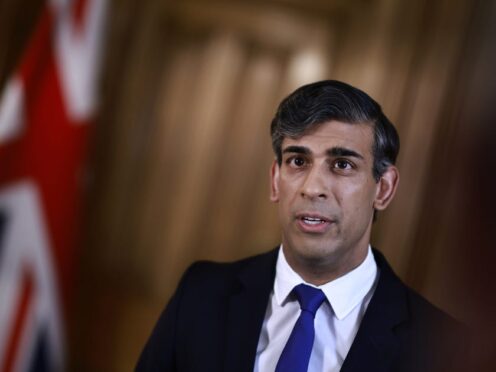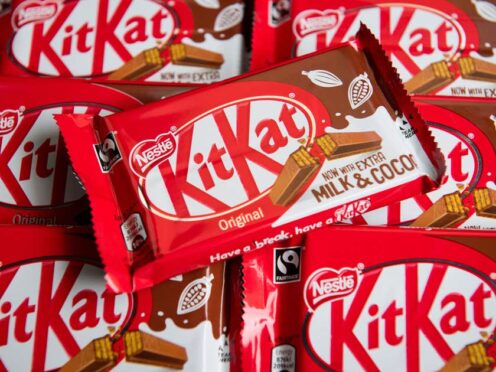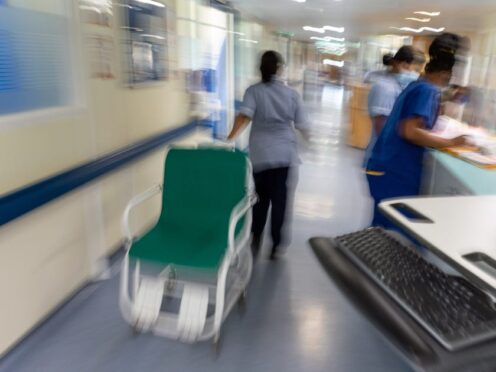Schools across Scotland have been urged to train pupils how to use CPR after a new survey revealed that over a quarter of people would not feel confident to step in and save a life.
According to the latest statistics from the British Heart Foundation (BHF), 26% of Scots wouldn’t perform cardiopulmonary resuscitation if they saw someone suffer a cardiac arrest.
In a study by researchers at the University of Warwick, over 4,000 participants were asked questions about their knowledge of CPR, and whether they would feel confident in performing it on someone who had had a cardiac arrest.
The figures were published ahead of today’s Restart a Heart Day, an annual campaign launched to raise awareness of the importance of learning how to help someone who has fallen ill.
More than 200,000 people from across the UK will be given training, however, James Cant, director of BHF Scotland, said there was still “much more to be done” to make sure people have the knowledge and confidence to step in and help someone in difficulty.
The organisation has therefore stepped up its calls for local authorities across Scotland to commit to ensuring that all pupils leave secondary school equipped with these life-saving skills.
>> Keep up to date with the latest news with The P&J newsletter
Co-leader of Aberdeen City Council, Douglas Lumsden, said: “I left school having learned many things – but unfortunately how to save a life was not one.
“It is vital pupils are given the opportunity to be trained in CPR, and I’m pleased we are in a position to act.”
An Aberdeenshire Council spokesman said: “Aberdeenshire Council is one of eight Scottish local authorities who have committed to providing CPR training to pupils in every academy and we are working with the British Heart Foundation to deliver this life-saving training.”
A spokeswoman for Moray Council said: “Pupils at all secondary schools in Moray are receiving resuscitation and defibrillator training, and S5 and S6 pupils are also offered more advanced BHF training with an accredited award.
“Three quarters of secondary schools in Moray already have BHF Call, Push, Rescue training kits and are part of the Heartstart training programme, with the remaining secondary schools eligible to receive kit.”
Early CPR and defibrillation can more than double the chances of survival in some cases of cardiac arrest.
At present only one in 20 people survive an out-of-hospital cardiac arrest in Scotland.
In Denmark, after the introduction of compulsory CPR training in schools, that statistic improved to one in four.


